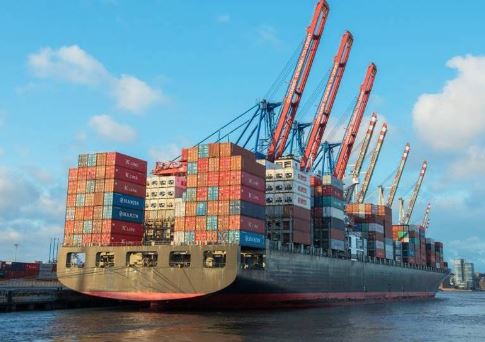
Concerns are rife that the new shipping policy of the International Maritime Organisation (IMO) will spike the cost of fuelling ships to about $70 billion yearly.The 2020 sulphur regulation, which will ban ships from using any marine fuel with sulphur content above 0.5 pct effective January 1, 2020, may impose a heavy burden on owners, as the annual fuel costs for the shipping industry are likely to jump by up to $60 billion, including by $10 billion for the containership sector alone.
As a result, liner companies are transferring a huge portion of the operating costs to shippers, a move that will increase the cost of shipping.However, there are fears in some quarters that some owners might flout the regulations and not invest in compliant fuels, as paying a fine for non-compliance would be much cheaper.
Stakeholders have therefore clamoured for strict monitoring and sanctions for erring shipping firms, as shipping firms jostle to meet the deadline, even as liner giants are now introducing fuel adjustment surcharge ahead of the 2020 sulphur cap.OOCL, Hapag-Lloyd, MSC, CMA CGM, and Maersk Line have already established the surcharge, while Hyundai Merchant Marine (HMM), the latest firm in that line, said the surcharge would be introduced in January 2019, to compensate for the rising fuel.
Meanwhile, the fuel bill of Maersk Line is set to increase by $2 billion yearly, as a result of the sulphur cap in 2020.The Director, Regulatory Affairs at A.P. Moller-Maersk A/S, Simon Bergulf, said issues stemming from the new regulation have almost created a perfect storm, taking into account the expected tight availability of compliant fuels, and required investments in infrastructure and research.
The company is estimated to have spent $3.37 billion on fuel last year, meaning this might double on account of the new regulation.Maersk assured it will comply with the new rule by using low sulphur fuel, although it had earlier said it was not investing in scrubbers taking into account various operational concerns.
MSC also said it expects operating costs to rise in excess of $2 billion dollars annually, as a result of the new rule, while CMA CGM estimated that the global sulphur cap may cost customers about $160 per TEU on the average. This will be “taken into account through the application or adjustment of fuel surcharges on a trade-by-trade basis.”
However, compliance challenges are envisaged in the early implementation years.Already, the Organisation of the Petroleum Exporting Countries (OPEC), in its recently released Reference Case, assumed that about 70 per cent of shipowners will comply with the new rule that compels them to have scrubbers or switch to low sulphur bunkers or other compliant fuels.
Despite IMO’s efforts to enforce the regulation, OPEC expects that there will be up to 30 per cent of non-compliance, due to relatively low level of scrubber penetration as well as the potential lack of compliant fuel.
“Overall, OPEC is bullish about scrubbers. They expect that scrubber penetration will accelerate after a slow start. The year 2018 started with less than 500 vessels that had installed or ordered scrubbers. By 2020, OPEC expects this number to reach 2,000 vessels, growing to 4,500-5,000 vessels in the medium term,” Poten and Partners said in a weekly market report.
“This scenario implies that, while the use of Low Sulphur Fuel Oil (LSFO), and gasoil will initially jump in 2020, the increased penetration of onboard scrubbers will support continued use of High Sulphur Fuel Oil (HSFO) over time.”Due to a lot of uncertainty surrounding the bunker fuel mix, OPEC believes that the global refining industry will be reluctant to make significant investments to make more compliant fuel available, taking the “wait and see approach.”
Source: Guardian


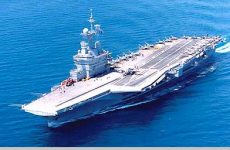
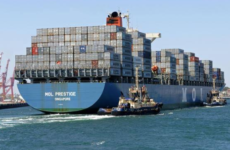










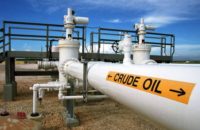

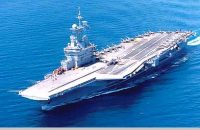
Comments